Fritters
There it was! My grandmother’s recipe for Pineapple Fritters. I had stumbled onto a 1992 reprint of the 1913 Blair Presbyterian Cookbook (added to and printed in later versions). Not unique, I imagine there are about a million such church cookbooks in existence. Most are amateur collections of local recipes that are not exceptional. Yet I find great value in their connection to the past, and occasionally even Big History.
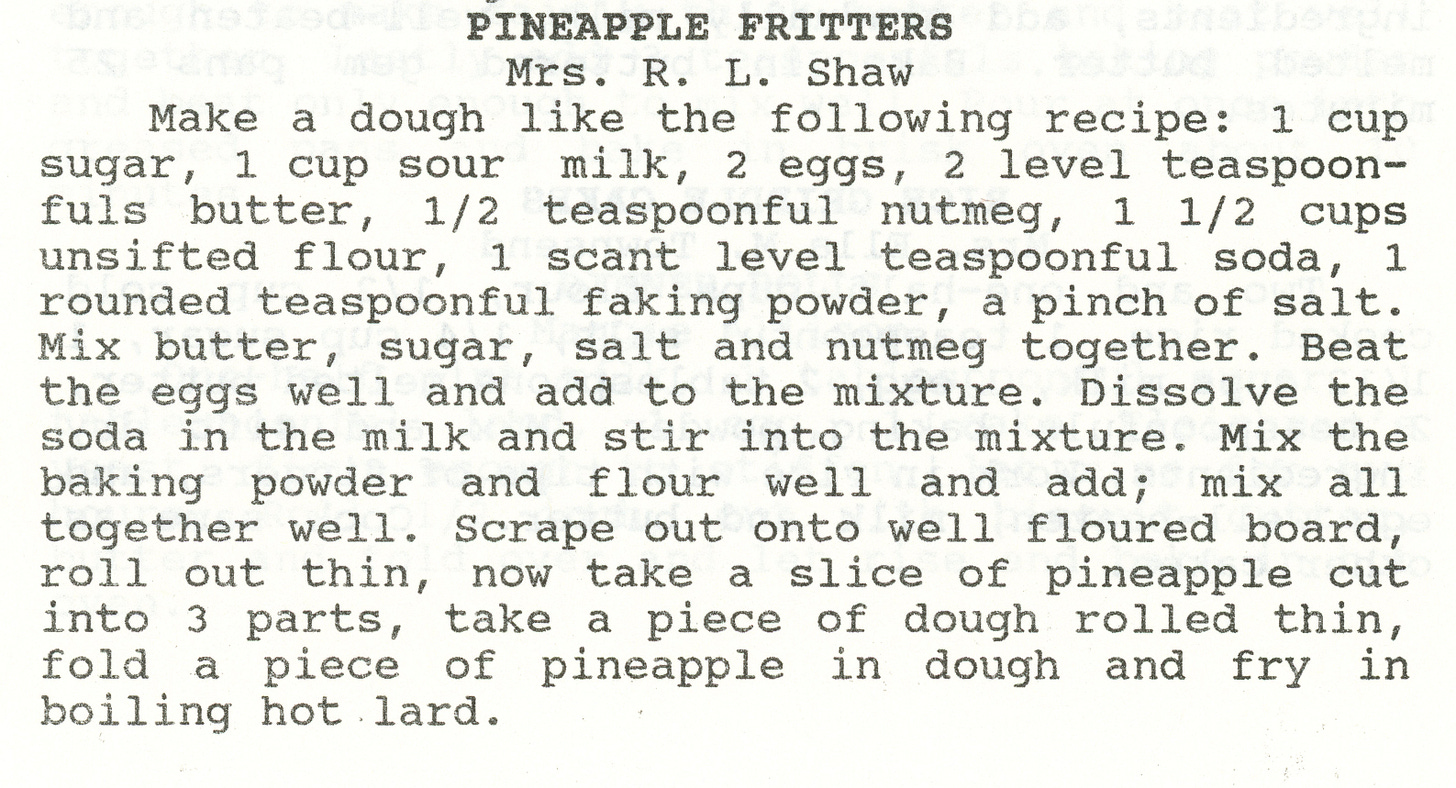
Colonial Food
Perhaps no fruit or vegetable better symbolizes Colonial conquest than the pineapple. First acquired from South America in the 1500s they were spread by the Portuguese and made popular by the wealthy elite of Europe. Christopher Columbus and Sir Walter Raleigh were both fans. Grown in specially constructed British hot houses, they were enjoyed by the likes of Charles II, famously portrayed in the painting, The Pineapple Picture. His gardener, John Rose is presenting a pineapple.
By the early 1800s, pineapple was grown in the American south, primarily Florida but was often spoiled by the time of its arrival to the east coast ports of New York and Baltimore. It was during this Georgian period (1800-1820) that the pineapple motif made its way into the bedroom, most gloriously represented in Caribbean inspired British Colonial furniture, a favorite of designer Ralph Lauren.
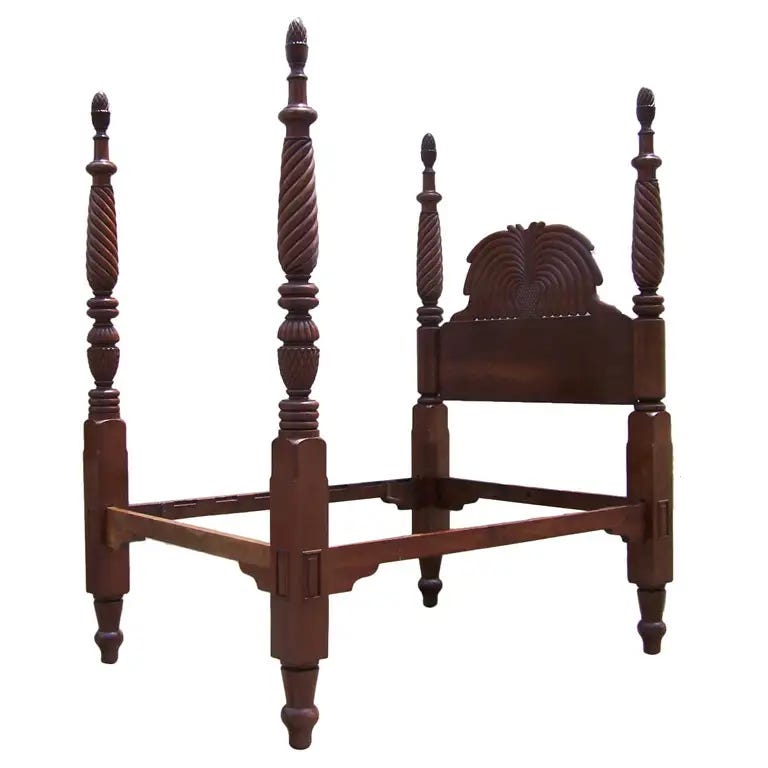
Still today the image of the pineapple is a key element of tropical themed home decorating. The water color prints depicting Anana comosus are familiar to us all and grace the walls of many tropical vacation homes.

Because of the pineapple’s lofty status (and high cost), it eventually became the symbol for welcoming hospitality. The pineapple motif shows up on many household artifacts but none more important than the front door mat that says Welcome to my House!
At some point the pineapple symbol also made it’s way into niche social circles as a symbol of Welcome to my bed! So think twice before you buy that pineapple shirt or you may be sending the wrong message. Or not as the case may be.
For ordinary rural Americans, it was the annexation of Hawaii and the refinement of the canning process that made pineapple accessible. A joint resolution of Congress led by President McKinley decreed the U.S. annexation of the Hawaiian Islands. Business interests rapidly developed the agricultural potential of Hawaii which was perfect for growing pineapples.
The availability of pineapple to the American consumer happened quite rapidly. The following timeline shows the Hawaiian pineapple industry development:
1893 Hawaiian kingdom overthrown in coup d'état
1898 Annexation of Hawaii by U.S. Government
1899James Dole, age 22 travels to Oahu to buy 64 acres of land to grow pineapple
1907 Demand explodes and Dole builds 2nd cannery to keep up
1913 Dole adopts the Ginaca machine that peels 35 pineapples per minute
1922 Dole buys island of Lānaʻi and produces 75% of worlds pineapple
About 1923 my then 30 year old grandmother submits recipe for pineapple fritters to the Blair church ladies cookbook
For some, canned pineapple is just another food on the store shelf. The history of food tells us differently. Within some foods lies the story of empires and the struggle of people. For my grandmother as an early adopter of canned pineapple, it was a way to bring a novel and delicious food to the ladies of Blair, Illinois.
I do not ever recall my grandmother making pineapple fritters, but she could make a mean pineapple upside down cake. What is your favorite pineapple recipe?
If you enjoyed this article please let me know by hitting the like button below. That feedback tells me what resonates with my readers.




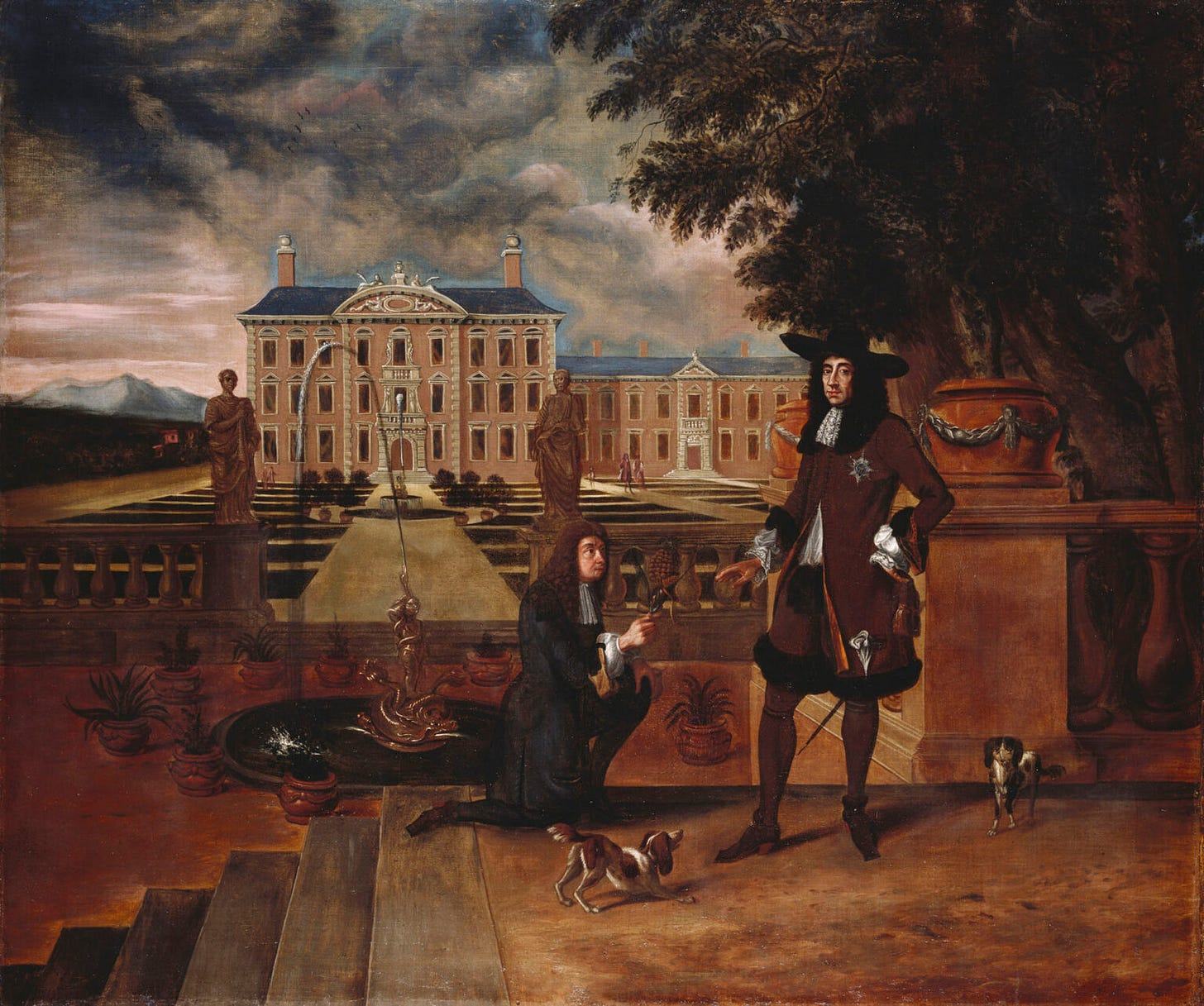
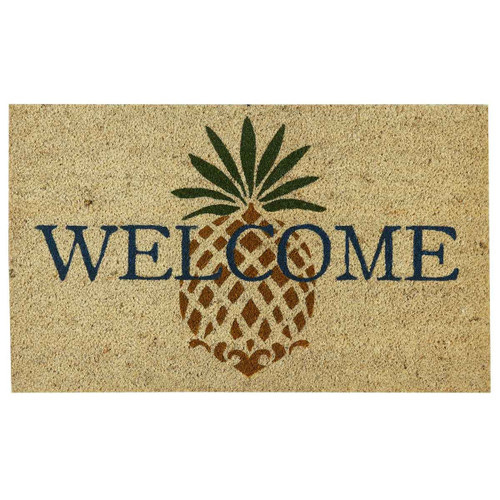
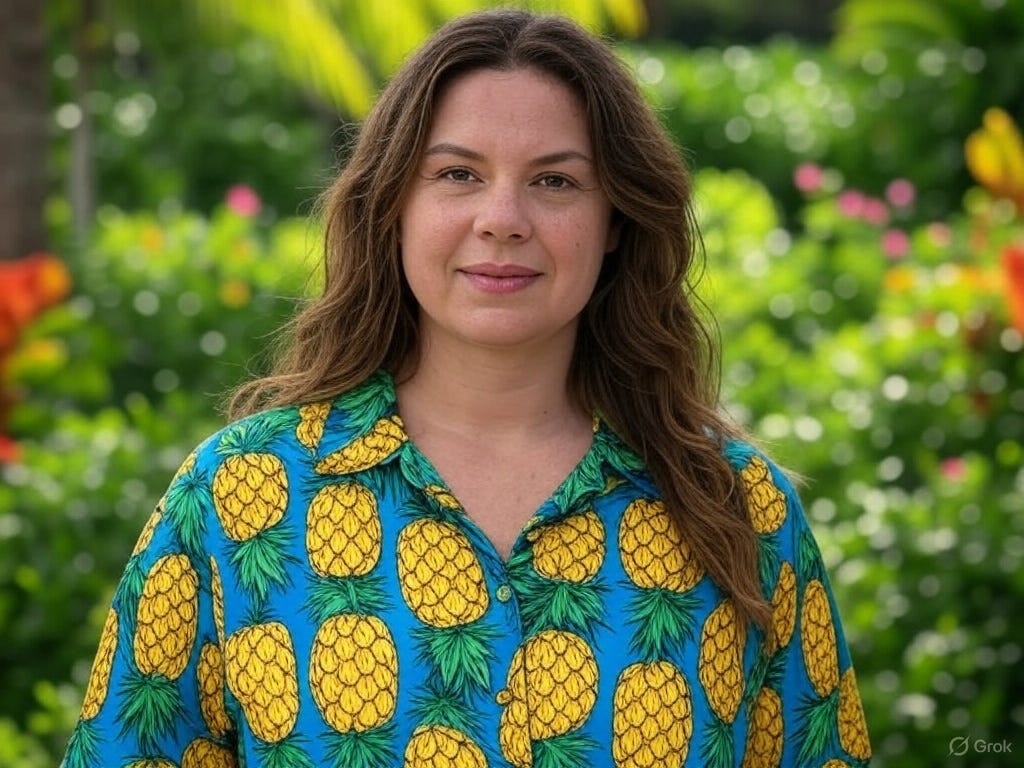
What an interesting read. Who would have thought a pineapple could be so interesting. I enjoy canned crushed pineapple sometimes with cereal for breakfast. I also use it when making pineapple muffins 🍍
I do love coming across old family recipes in community cookbooks! Thanks for sharing this one, and the timeline of pineapple!